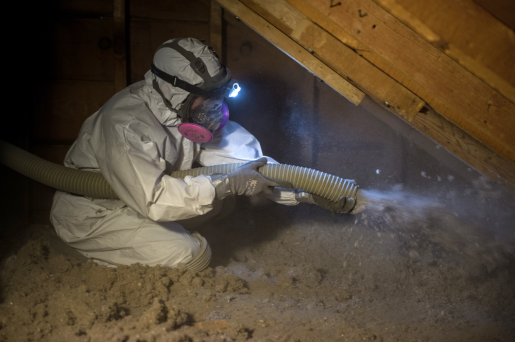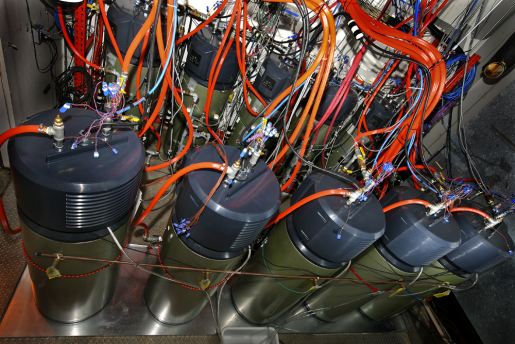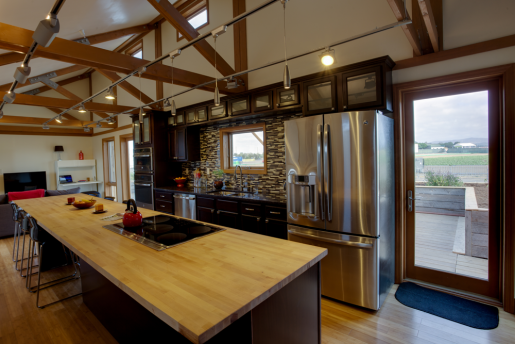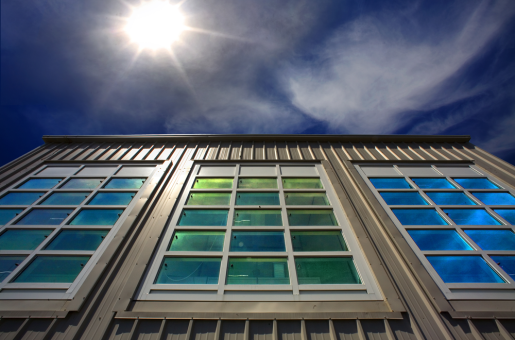




Loose-Fill Fiberglass Insulation
In 1992, private insulation manufacturer Energy Savings Solutions, Inc., reached out to Oak Ridge National Laboratory to find ways to improve loose-fill fiberglass insulation. Oak Ridge researchers provided the guidance necessary to substantially improve the insulation’s performance, sparking an industry-wide reformulation of loose-fill fiberglass insulation for better fiber dispersion. Today, nearly 75 percent of homes use this type of improved loose-fill fiberglass insulation, and researchers estimate the changes have helped consumers in cold climates save 5-10 percent on heating costs.
Dennis Schroeder, National Renewable Energy Lab
December 19, 2025

